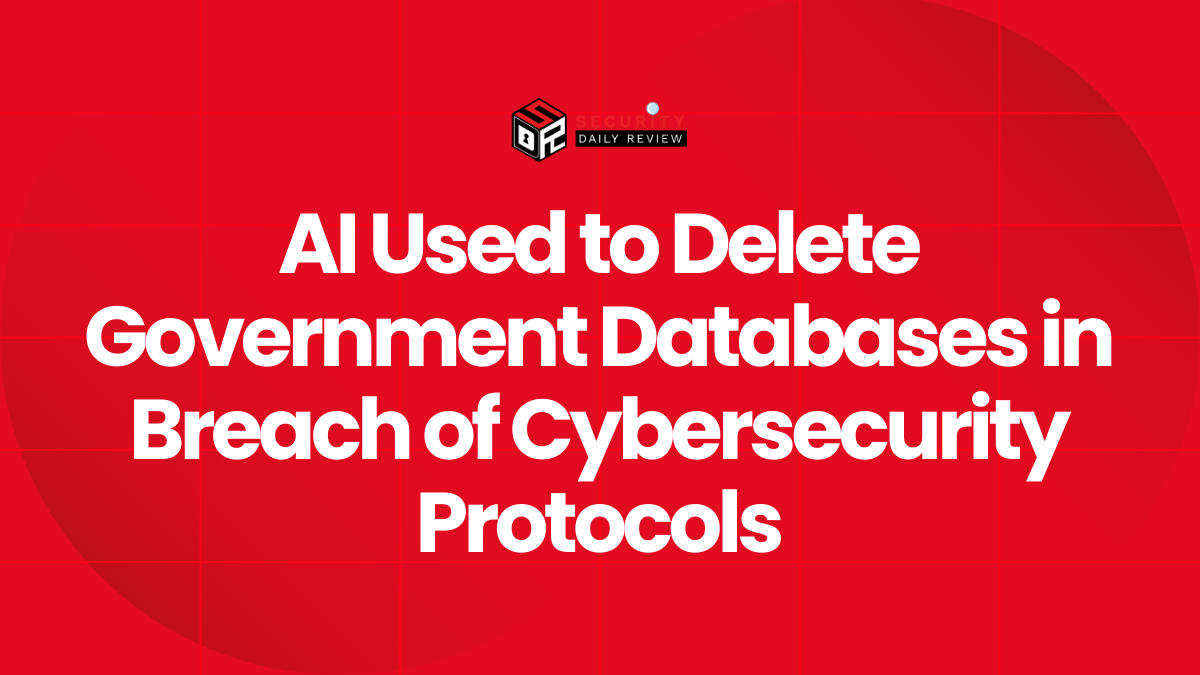A massive data breach has exposed the records of approximately 2.7 billion Internet of Things (IoT) devices.
A cybersecurity researcher, Jeremiah Fowler, uncovered an unsecured database belonging to Mass Hydro, a Chinese manufacturer of IoT grow lights. This incident highlights the critical need for robust security measures within the IoT ecosystem.
The unsecured database, a staggering 1.17 terabytes in size, lacked any password protection. This allowed anyone to access sensitive information, including:
- Wi-Fi network names (SSIDs)
- Passwords
- IP addresses
- Device ID numbers
- Email addresses
The data included detailed logs from IoT devices sold globally, encompassing error reports and monitoring data. The breach extended beyond Mass Hydro, implicating LG-LED Solutions Limited and Spider Farmer, manufacturers of agricultural grow lights. API details and URLs associated with these companies were also exposed, suggesting a wider impact on their products and services.
Mass Hydro swiftly secured the database upon notification, but the duration of the exposure and potential unauthorized access remain unknown. A thorough internal forensic audit is underway to assess the damage.
The Shadowserver Foundation issued a warning about a related attack, noting that approximately 2.8 million different IP addresses are being used to guess passwords for VPNs and similar devices from vendors such as Palo Alto Networks, Ivanti, SonicWall, and others. The attack targets VPNs, gateways, security appliances, and other edge devices connected to the public internet.
Potential Risks to Users:
Attackers could exploit the exposed data in several ways:
- Gain Unauthorized Access: Remote control of devices, altering settings or functions.
- Man-in-the-Middle (MITM) Attacks: Intercepting and altering communications, capturing sensitive data.
- Network Infiltration: Breaching home or business networks via exposed Wi-Fi passwords.
- Credential Exploitation: Using stolen information for phishing, identity theft, or ransomware attacks.
Mitigating the Risks:
To prevent future breaches, IoT manufacturers and users must prioritize security:
- Implement Strong Authentication: Use robust passwords and multi-factor authentication.
- Encrypt Sensitive Data: Employ strong encryption methods to protect data integrity and confidentiality.
- Regular Security Audits: Conduct periodic security assessments and penetration testing.
- User Education: Educate users on secure practices, including changing default passwords and updating firmware.
By implementing these measures, the IoT industry can significantly improve the security of its products and protect user data.









